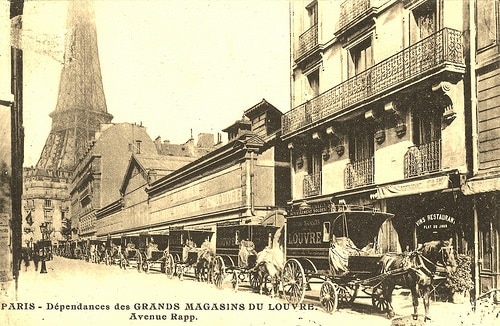An Evening with Peter Gumbel
12 November 2010Ted Mooney at the Library
19 November 2010Ninfa
281 1 7560000 10692000 359410 259 261 257 276 262 279 1 0“““““““““““ 5 1 1 285 282 1 False 0 0 0 0 -1 304800 243 True 128 77 255 3175 3175 70 True True True True True 278 134217728 8 Empty 16711680 52479 26367 13421772 16737792 13382502 16777215 Rouge-gorge bleu 22858575 22852950 (`@““““` 266 263 5 110183775 110178150
Charles Quest-Ritson is an internationally acclaimed writer, lecturer, and translator. His books include The English Garden Abroad (1992), Country Gardens (1998), Gardens of Germany (1998), The English Garden: A Social History (2001), and most recently Ninfa: the Most Romantic Garden in the World (2009). He was a partner and part-owner of Corsley Mill Nurseries, specialising in own-root roses, as well as a director and council member of the Royal National Rose Society and founder-secretary of the Historic Roses Group. Since 1994, Quest-Ritson has edited the Royal Horticultural Society’s Gardener’s Yearbook. His wife, Brigid, shares his passion for roses and is chairman of the Historic Roses Group. They live and garden in Wiltshire, England.

He writes: ‘Ninfa is a deserted medieval town in the Pontine marshes south of Rome. It was completely destroyed in 1382; the town was left desolate for hundreds of years, no more than a romantic ruin. The feudal owners, the Caetani family, abandoned their castle, but never parted with their ownership. At the end of the 19th century, the head of the family, the Duke of Sermoneta (‘the noblest gentleman in Europe’) and his English wife started to visit the ruined town for family picnics. After World War 1, one of their sons, Prince Gelasio Caetani (later Italian ambassador in Washington), began to strip to generations of ivy and brambles off the walls to reveal ‘the Medieval Pompeii’ beneath. Then he set to restoring the outline and planting a garden in and among the walls of the ruined churches, houses and warehouses – all encircled by the medieval towers and fortifications. Ninety years later, Ninfa is now the most beautiful and romantic garden in the world.

Prince Gelasio and his English mother planted climbing roses to drape themselves all over the walls. In due course, Ninfa was inherited by his brother Prince Roffredo and his rich American wife, Marguerite Gibert Chapin, the last Duchess of Sermoneta. They had lived in Paris for 30 years, where Marguerite published a literary review called Commerce – anyone who was anyone subscribed to it or wrote for it. When they moved to Ninfa in 1935, Marguerite added much to the garden and planted lavishly: redbuds and dogwoods reminded her of growing up in New England, but she also ordered hundreds of Japanese cherries and thousands of roses.

In the 1950s, Ninfa passed to Roffredo and Marguerite’s daughter, Princess Lelia Caetani-Howard. She and her English husband, the Hon. Hubert Howard, intensified the plantings and added many new varieties, so that the garden today is full of light and color at every season of the year. There is no form to it – the medieval buildings themselves create the groundplan – but every ruined wall, empty street and echoing church seems garlanded with flowers. Ninfa is a place of unique enchantment – truly the most beautiful and romantic garden in the world.’
Come to Charles Quest-Ritson’s presentation at the Library on Wednesday, November 17 at 19h30 and decide for yourself if Ninfa is the most beautiful garden in the world!



